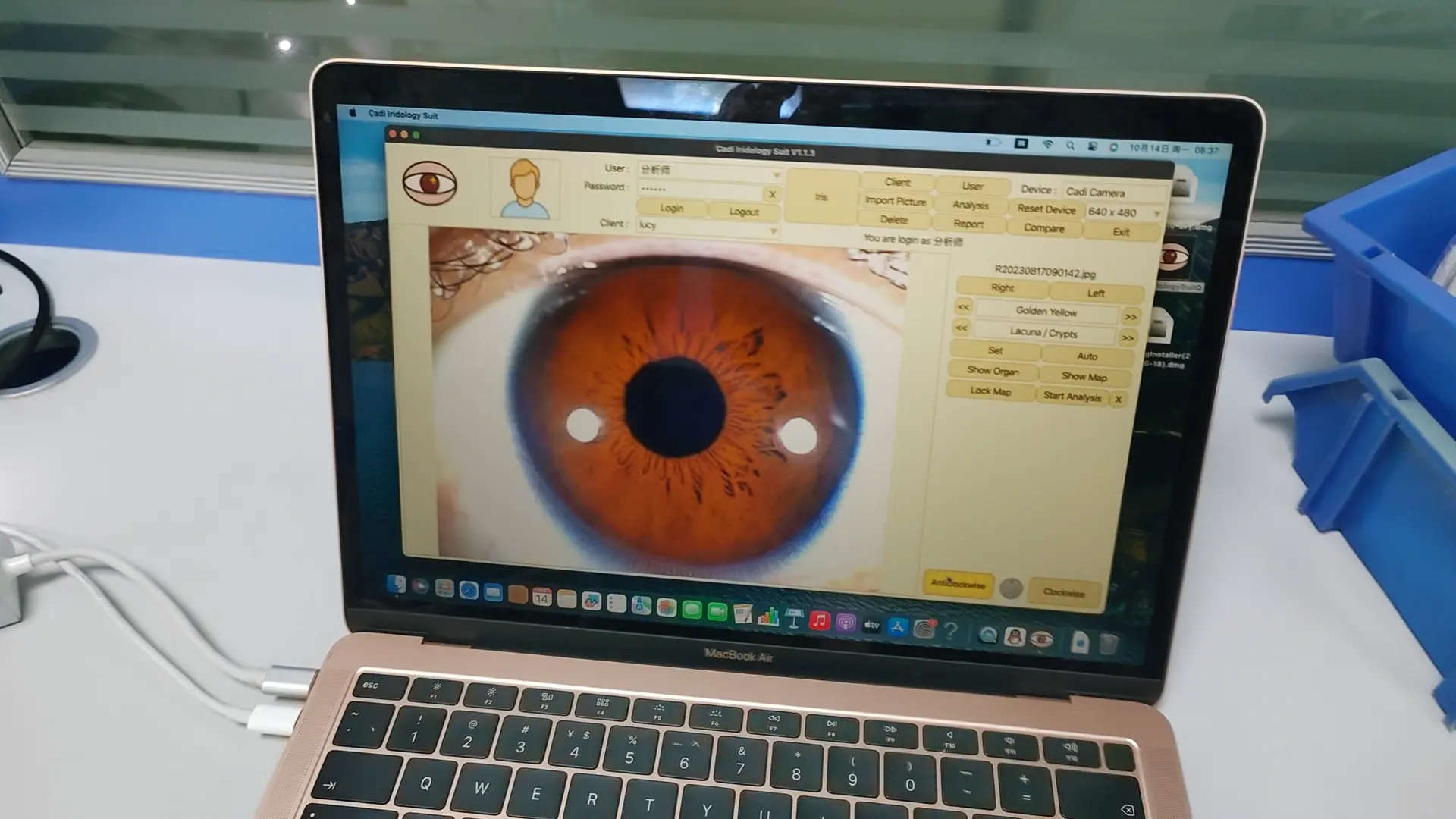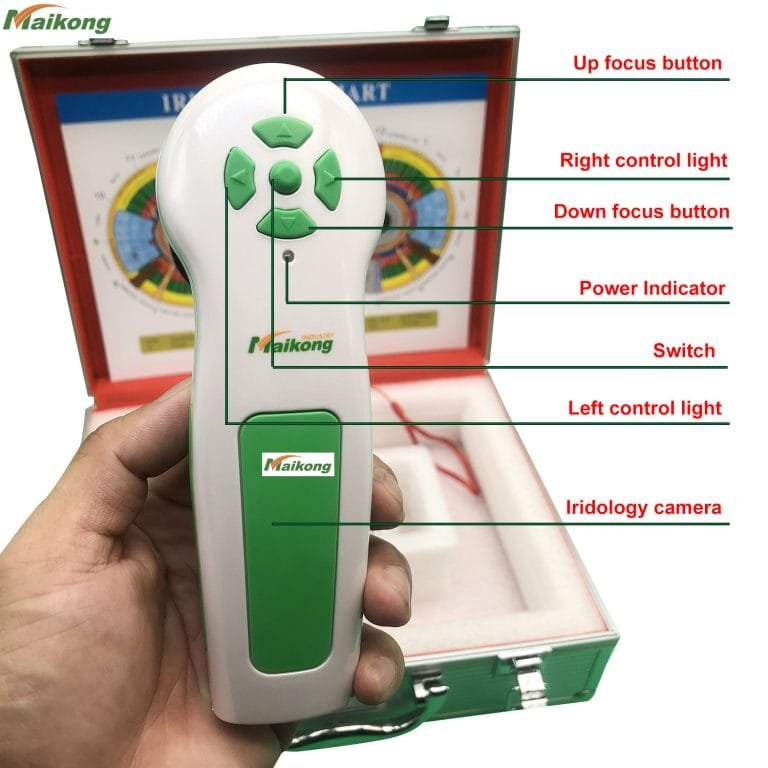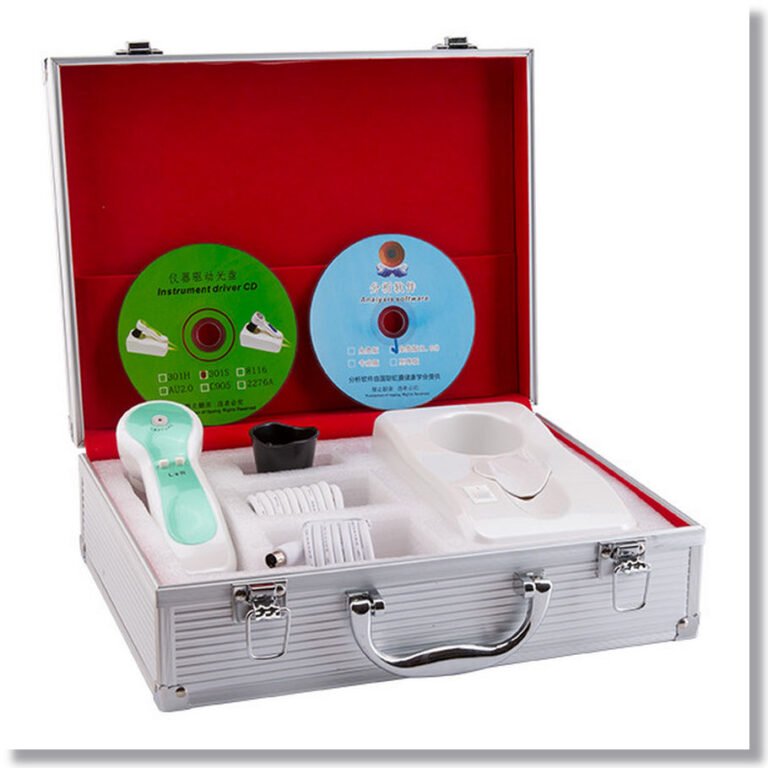10 Best iridology camera australia for iridology camera

iridology camera australia

iridology camera australia

iridology camera australia
iridology camera australia
Please feel free to look at this website for our USB Digital iridology camera australia, Iridology camera, iris camera, eyology and sclerology USB system ccarry case To see our later website click the above button.iridology camera australia
The EyeRonec Pebble Pro Iridology camera has been created for the NON TECHNICAL Naturopath and Natural Therapist, Iridologist and Herbalist.
The EyeRonec Pebble Pro Digital iridology camera australia takes only a little space on the desk and is very portable, Once your MAC or PC has the software installed all you need to do is plug the camera into the USB.
The EyeRonec Iridology iris camera needs No chin-rest, No dreaded flash, No ambient light problems, No heavy cases to carry,
The EyeRonec Pebble Prp sells for less then the price of other’s “camera only” price.
The latest EyeRonec model Iriscameras have 8 light (for blue eyes) and 2+ side lighting LED’s for brown eyes.
The lights (white dots) are within the pupil zone ! No artifacts (white dots or streaks) in the iris so pictures are better than images taken with”open” system cameras
How To Take Your Iris Photos by iridology camera australia
To take the best photos for your reading, set your camera to MACRO and try, if possible, to use natural, daytime indoor light with a flash. Set the size of the photo for a higher resolution, with a minimum of 2.5M (2208 x 1248). 4.5M (2784 x 1568) is best.
Step 1: Taking Your Iris Photos with a Digital Camera
Set Camera to Macro Setting.
Increase Resolution to 4.5M (2784 x 1568).
Turn on Flash.
Use Indoor Daylight.
Stand sideways from any window (facing the window will cause glare).
Have someone else hold the camera or use a tripod and timer.
Hold the upper and lower eyelids open to make entire iris visible.
Take one photo of each iris at a time.
Keep the eye close to the camera. On Macro Setting, you can be 4-5 inches from the lens.
Step 2: Checking Your Photos for Lighting and Clarity
Check the photo on the Viewfinder of your camera. Use the zoom feature to see the iris.
Be sure the iris is clear; otherwise try again.
Be sure there is no red eye; otherwise turn on ‘red eye reduction’ and try again.
Be sure the entire iris is visible; otherwise try again.
Be sure there is no significant glare on the iris; otherwise turn your body slightly away from any window and try again.

iridology camera australia

iridology camera lens

Step 3: Emailing Your Final Iris Photo Results
You may crop the photos so only the eye is visible to reduce the file size.
If this is too much work, then simply email the entire photo.
You can send 3-5 pictures of the Left Eye in one email.
You can send 3-5 pictures of the Right Eye in another email.
Using a Digital Camera: Video Instructions on How to Take Iris Photos
Using an iPhone: Video Instructions on How to Take Iris Photos
Examples of Unacceptable Iris Photo Submissions
NO! Both of these example have significant glare, making portions of the iris unreadable
In the first example above, the person was likely facing a window, causing the glare to appear in the iris. The solution: Turn slightly away from the window and try again.
In the second example, it is likely that this photo was taken at night or in a room with no windows and only overhead light. Due to the darker light in the room, the light is refracting off the iris, causing significant glare and making the photo blurry. The solution: Take the photo in indoor daylight with no overhead lighting. Side lighting is usually ok.
A small amount of glare in the pupil (the black dot in the center of the iris) is ok.
NO! Not looking directly at the camera lens creates a distorted image of the iris
In the above 2 examples, the individuals are most likely trying to take the photos themselves so they are inadvertently looking at the camera while trying to take the photo.
The solution: Have someone else hold the camera steady for you or use a tripod with a timer.
NO! In these photos, the top and/or bottom of the iris is covered
When taking your photographs, check to see that the entire color portion of the eye is visible, especially the top and bottom. If you tend to have ‘droopy’ eyes, just gently pull the skin away from the eye using your thumb and forefinger.
Examples of Acceptable Iris Photo Submissions
YES!! Perfect photos – note flash inside pupil and full iris visible
YES!! Although not perfectly clear photos, these 2 examples are still readable
YES!! Very good photos – full iris visible, clear and easy to read for Iridology
YES!! Perfect photos – note flash inside pupil and full iris visible
YES!! Perfect photos – note flash inside pupil and full iris visible
Learn what to expect from your Iridology Analysis at Iridology Explained.
Find answers to any additional questions about Iridology and how it works at Iridology – FAQ’s.
Start Now! Schedule your online appointment at Book Your Iridology Consultation.
Iridology cannot diagnose specific disease.

iridology camera software

iridology camera software

iridology camera software

iridology camera software



Iridology Definition
Iridology, also called iris analysis or iris diagnosis, is the study of the iris (the colored part of the eye). Iris “readings” are made by iridologists to assess a person’s health picture (physical, emotional, mental, and spiritual) and guide them to take measures to improve their health.Iridology: Iridology is the analysis of the iris, which is the colorful area of the eye that surrounds the pupil. By analyzing the iris, a person’s level of health and specific areas of nutritional deficiency can be identified. This allows appropriate remedies to be recommended.The International Iridology Practitioners Association (IIPA) states that iridology is “the study of the iris, or colored part, of the eye. This structure has detailed fibers and pigmentation that reflects information about our physical and psychological makeup.
It identifies inherited dispositions (how our body reacts to our environment and what symptoms are most likely to occur), risks (what areas or organ systems are more likely to have symptoms) and future challenges (where we are likely to have more problems as we age). Iridology helps identify inherited emotional patterns which can create or maintain physical symptoms, as well as identify lessons or challenges and gifts or talents available to us.”







































